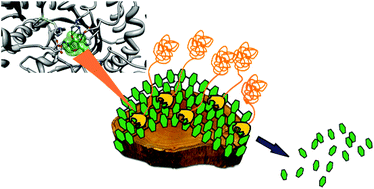Enzymatic breakdown of biomass: enzyme active sites, immobilization, and biofuel production
Abstract
A bacterial enzyme efficiently breaks down cellulose and hemicellulose without the cooperation of other enzymes. An emerging trend in the versatile development of biomass breakdown techniques involves multidomain cellulase enzymes of bacteria, which efficiently hydrolyze microcrystalline cellulose by outperforming enzyme cocktails typically used commercially to break down biomass produced by the fungus Hypocrea jecorina. This article presents a review of current developments in the understanding of the microstructure of plant biomass, treatment of biomass using bacterial hydrolase enzymes, active site structures of hydrolytic and oxidative enzymes, and their overall impact on the biomass degradation process. This article addresses the nanoscale features of a biomass surface during enzymatic reactions, the implication of enzyme-based biorefineries in biofuel production, and the mechanism of action of cellulases and other enzymes in the degradation of insoluble biomass substrates. The environment and roles of the active sites of the hydrolytic and oxidative enzymes are also discussed. The concept of immobilized cellulase on a solid surface is emphasized, which is an effective alternative for developing biorefineries for biofuel production driven by enzyme function.


 Please wait while we load your content...
Please wait while we load your content...